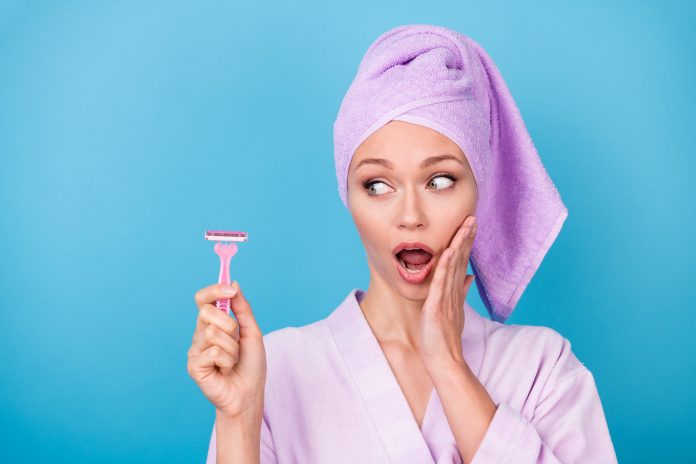Both men and women struggle with unwanted hair on different body parts, including the legs, underarms, upper lip, back, and face. While there are various hair removal techniques you can try, hair removal at a spa, like sugaring and waxing, is often pricy to upkeep, and at home hair removal, primarily shaving, can lead to painful razor burn, nicks, and chafing. Luckily, these tips can help you achieve a smooth shave at home, every time:
-
1. Exfoliate prior to shaving for a closer shave
Whether shaving or waxing, this is the most important step to take. Exfoliating helps remove dead skin and dirt that would otherwise clog your razor and reduce its efficiency or cause skin irritation. During waxing, exfoliation also helps prevent ingrown hairs and hair breakage, producing cleaner results. Use a loofah, washcloth, or gentle scrub to exfoliate, and make sure you also clean the areas around where you plan to shave. Do not use harsh products, as they will make your skin sensitive and increase the chances of irritation and burns after shaving.
-
2. Shave in the shower
Dry shaving increases your chances of experiencing irritation and cuts. It also limits the benefits you get from your exfoliation, as the most effective results occur when you exfoliate wet skin. As such, the best time to shave is after your shower, because your skin and hair will be softer. This way, you don’t have to pass your razor over the area multiple times, reducing the chances of cutting yourself. Moreover, if you are showering with hot water, cool down before shaving—hot water might make your skin too soft, making it easier to cut yourself.
-
3. Change razor blades frequently
Shaving with a clean and sharp razor is one of the main factors that determines how clean the shave will be and if you experience any irritation afterward. Shaving with a dull razor means you may need to apply a lot of pressure or shave the same spot multiple times. This makes the skin softer, increasing your chances of cutting yourself and causing irritation. If you notice that the hair in your razor is not easily washed off under running water, it’s time to change the blade, even if it’s still sharp. This is because a lot of accumulated gunk in your razor could introduce bacteria to your skin, causing an infection. Once you finish shaving, dry your razor and store it in a clean, dry place to prevent rusting or dirt build-up.
-
4. Moisturize after shaving to prevent razor burns
After exfoliating and shaving or waxing, your skin is usually dry. Leaving it dry can cause irritation and razor burn, which are some of the things people often complain about after hair removal. To prevent further irritation, ensure that your moisturizer is mild and non-fragrant.
-
5. Use hair removal creams
Hair removal creams can help your razor glide on the skin easily, reducing the chances of cutting yourself. Shaving creams also help keep your skin moist and supple after shaving. Like moisturizer, use a mild hair removal cream and apply it after patting your skin dry to avoid irritation.

